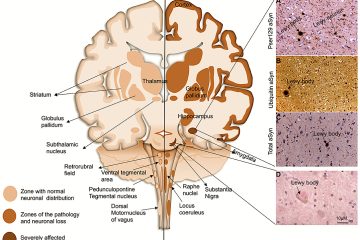Understanding Bell’s Palsy: Causes, Symptoms, and Treatments

Introduction
Bell’s Palsy is a sudden and often temporary condition that affects the muscles of the face, leading to weakness or paralysis on one side. Approximately 1 in 60 people will experience this condition in their lifetime, making it essential to understand its implications, causes, and treatments. As awareness of Bell’s Palsy grows, so does the recognition of its impact on daily life and mental well-being.
What is Bell’s Palsy?
Bell’s Palsy is characterized by the rapid onset of facial weakness or paralysis, typically occurring within hours or days. The exact cause remains unclear, but it is believed to be linked to viral infections, including the herpes simplex virus, which can cause inflammation of the facial nerve. In some cases, it may be preceded by other symptoms such as pain around the jaw or behind the ear. While anyone can develop Bell’s Palsy, certain factors, including being pregnant or having a family history, may increase the risk.
Symptoms and Diagnosis
The hallmark of Bell’s Palsy is the unilateral drooping of the face. Other symptoms may include:
- Loss of the ability to close one eye
- Altered taste
- Increased sensitivity to sound in one ear
- Pain or discomfort in the jaw or behind the ear
- Drooling
To diagnose Bell’s Palsy, healthcare professionals typically conduct a physical examination and consider the patient’s medical history. In some instances, imaging tests may be necessary to rule out other conditions that could cause similar symptoms.
Treatment Options
Fortunately, the prognosis for Bell’s Palsy is generally positive, with most individuals recovering within three to six months. However, treatment options can aid in alleviating symptoms and speeding recovery. Common strategies include:
- Medications, such as corticosteroids, to reduce inflammation and swelling of the facial nerve.
- Pain relief medications, including over-the-counter pain relievers.
- Physical therapy, which can help stimulate facial movement.
- Eye care, including artificial tears and eye patches to protect the eye if the person cannot close it properly.
Conclusion
As we continue to learn more about Bell’s Palsy, increasing awareness and understanding of its symptoms and treatments remains critical. Early intervention and appropriate care can improve outcomes for those affected, emphasizing the importance of seeking medical advice when symptoms arise. Although Bell’s Palsy can be daunting, the majority of patients can expect a full recovery, allowing them to return to their daily routines with confidence.









